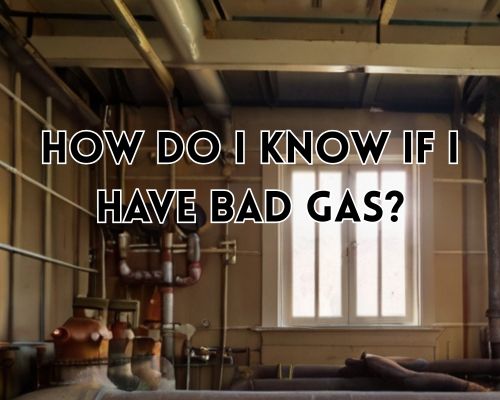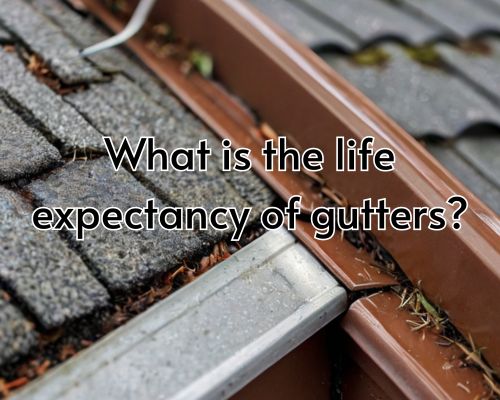Today’s spa owners expect more than just basic protection from their spa covers. With technology advancing and outdoor living spaces becoming extensions of the home, spa covers have evolved into smarter, more functional tools that deliver convenience, performance, and style.
Modern spa covers now include features that simplify operation, improve energy efficiency, and enhance safety—all while complementing the aesthetics of contemporary patios and backyard retreats.
What Defines a Modern Spa Cover?
Modern spa covers go beyond standard foam and vinyl construction. These updated models integrate automation, smart controls, weather sensors, and eco-conscious materials to meet the demands of tech-savvy homeowners.
Instead of manually lifting and securing a heavy cover, users can now enjoy hands-free or remote-controlled operation. This is especially beneficial for frequent spa users or those with mobility limitations.
Key Benefits:
- One-touch opening and closing
- Energy-efficient insulation technology
- Smart sensors for weather adaptation
- Durable, lightweight materials
- Sleek and stylish design options
Automated Cover Lifters and Remote Access
One of the most sought-after smart features is the automatic cover lifter. With the push of a button or tap of an app, the spa cover opens and closes without any physical effort. These systems are motorized and designed to be discreet, maintaining the streamlined look of modern outdoor spaces.
Remote-controlled access also allows spa owners to prepare their hot tub from indoors—perfect for cold days or evening relaxation.
Notable Features:
- Smartphone compatibility
- Programmable timers
- Quiet motor operation
- Wireless control panel integration
Smart Sensors and Weather Response Technology
Some spa covers now come with built-in sensors that monitor environmental conditions. These systems can detect rain, wind, or extreme cold and automatically adjust the cover’s position or locking mechanisms for enhanced safety and protection.
Additionally, temperature sensors help reduce energy waste by improving insulation response based on real-time climate data.
Sensor-Driven Innovations:
| Smart Feature | Functionality |
|---|---|
| Temperature Monitor | Adjusts heat retention in varying weather |
| Rain Sensor | Automatically secures cover when raining |
| Wind Guard Detection | Activates lock system in high winds |
| Usage Tracker | Records spa usage patterns for efficiency |
Lightweight and Durable Materials for Easy Handling
Modern spa covers utilize advanced materials that are lighter yet stronger than traditional foam cores. Reinforced polymers, aluminum supports, and composite shells make them easier to handle without compromising insulation or durability.
Some models feature folding panels or modular segments, allowing users to open part of the spa while keeping the rest covered.
Material Advantages:
- High-impact resistance
- UV-stabilized outer layers
- Mold- and mildew-proof linings
- Tapered design for water runoff
These innovations contribute to longevity and reduce the need for frequent replacements.
Energy-Saving Designs with Smart Insulation
Effortless use also means saving money. Newer spa covers are built with smart insulation systems that adapt to weather conditions and minimize heat loss. Multi-layer construction, heat-sealed seams, and vapor barriers work together to maintain consistent water temperatures.
By reducing how often the heater activates, these spa covers contribute to lower energy bills and more sustainable spa ownership.
Energy Efficiency Features:
- High R-value insulation (12 or more)
- Sealed hinge folds
- Adjustable skirts for airtight fit
- Eco-friendly foam with thermal memory
Enhanced Safety with Locking and Alert Systems
Safety is a major priority for spa owners, and modern spa covers are rising to the occasion with smart safety systems. In addition to mechanical locks, some models offer digital locking systems with passcodes, biometric readers, or remote alerts.
Smart covers may send notifications if the spa is accessed unexpectedly or if the cover has been left open for too long, adding an extra layer of security.
Safety Enhancements:
- App-connected lock alerts
- Motion detection around the spa perimeter
- Auto-locking after closure
- Emergency manual release option
Custom Styling for Modern Spaces
Style matters. Spa covers are now available in a range of colors, textures, and finishes to match modern outdoor decor. From matte black to woodgrain patterns, covers can blend seamlessly with decking, fencing, and outdoor furniture.
Style and Personalization Options:
- Custom color palettes
- Monogram embroidery
- Designer fabric finishes
- Integrated LED edge lighting
Modern spa covers no longer need to be bulky or unattractive—they can now be a visual upgrade to your spa area while providing the smartest features in spa care.

